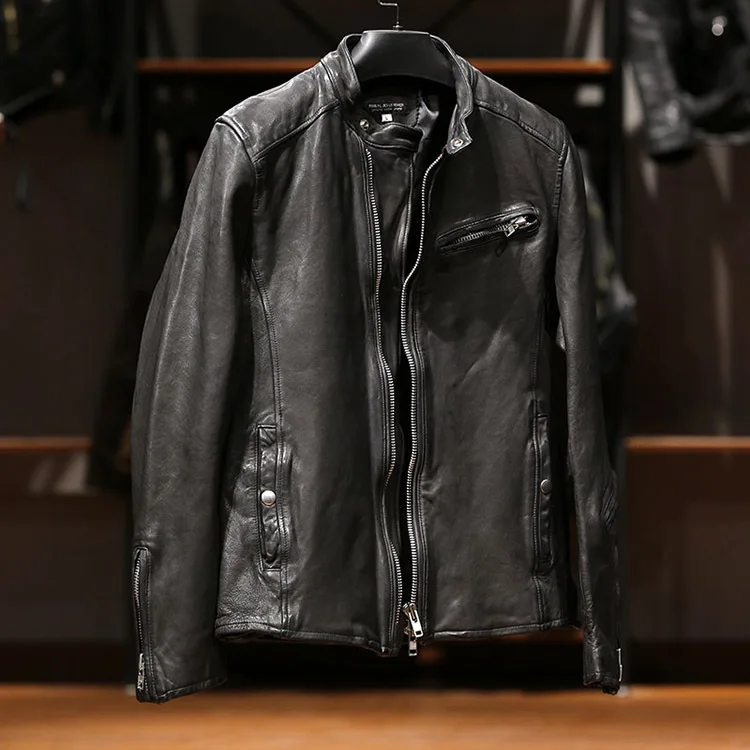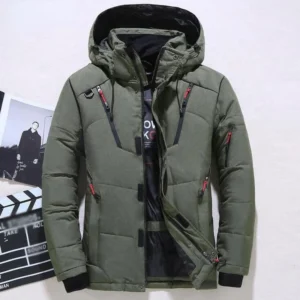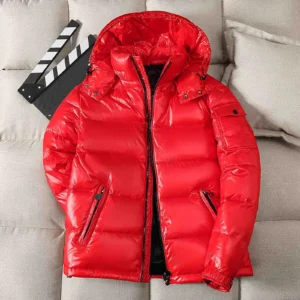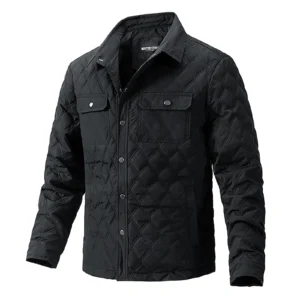Understanding the Materials: Sheepskin and Shearling Defined
Sheepskin refers to the hide of mature sheep with the wool still attached. This natural material undergoes minimal processing to preserve both the leather portion (the skin) and the wool fibers growing from it. The result is a durable material that combines the protective qualities of leather with the insulating properties of wool. Sheepskin can vary in thickness and wool density depending on the breed of sheep, the animal’s age, and the specific processing methods used.
Shearling, despite common misconceptions, is actually a type of sheepskin rather than a completely different material. The key distinction is that shearling comes specifically from lambs (young sheep) and typically undergoes a particular tanning process where the wool is shorn to a uniform length. This creates a softer, more consistent texture than standard sheepskin. Understanding the shearling vs sheepskin comprehensive guide helps clarify why these materials have distinct properties despite their shared origin.
| Feature | Sheepskin | Shearling |
|---|---|---|
| Source | Mature sheep | Young lambs |
| Wool Length | Variable, often longer | Uniform, typically shorter |
| Texture | Can be coarser | Softer, more pliable |
| Processing | Various methods | Specific tanning with wool shorn to uniform length |
| Typical Use | Varied winter wear | Premium coats and linings |
The Science of Warmth: Insulation Properties Compared
The exceptional warmth of both sheepskin and shearling comes down to their unique fiber structure. Both materials work on the same principle: their natural wool fibers create thousands of tiny air pockets that trap and hold body heat. This creates an insulating layer between your body and the cold outside air.
Shearling generally offers superior insulation due to several key factors:
* Younger lamb’s wool contains more lanolin (natural oil)
* Lamb’s wool typically has higher density of fibers per square inch
* The uniform cutting of shearling wool optimizes the size of air pockets for maximum insulation
When comparing thermal efficiency, genuine shearling vs sheepskin winter warmth tests show shearling can maintain comfort in temperatures as low as -10°F (-23°C), while standard sheepskin typically performs best down to about 0°F (-18°C). However, both materials excel at temperature regulation – they insulate against cold while still allowing excess heat and moisture to escape, preventing overheating during activity.
The insulation quality makes men’s shearling coats particularly effective for harsh winter conditions, providing warmth without the bulk of synthetic alternatives.
Texture and Comfort: The Tactile Experience
The tactile difference between these materials provides one of the most noticeable distinctions for wearers. Shearling offers an exceptionally soft, plush feel against the skin. The wool fibers from young lambs are naturally finer and more flexible, creating a smooth, almost silky texture that feels gentle even on sensitive skin. The uniform cutting process further enhances this consistency, resulting in an even, velvety surface throughout the garment.
Traditional sheepskin, while still comfortable, typically has a slightly coarser hand-feel. The wool fibers from mature sheep can be longer and sometimes less uniform in texture. This doesn’t necessarily make sheepskin uncomfortable – many people appreciate its more substantial feel – but it usually lacks the buttery softness that distinguishes premium shearling. For those wondering are sheepskin and shearling same in terms of comfort, this texture difference provides one clear distinction.
Weight also factors into comfort for daily wear. Sheepskin tends to be heavier due to thicker hide and potentially longer wool fibers, while shearling’s lighter weight makes it less cumbersome for extended wear or active use.
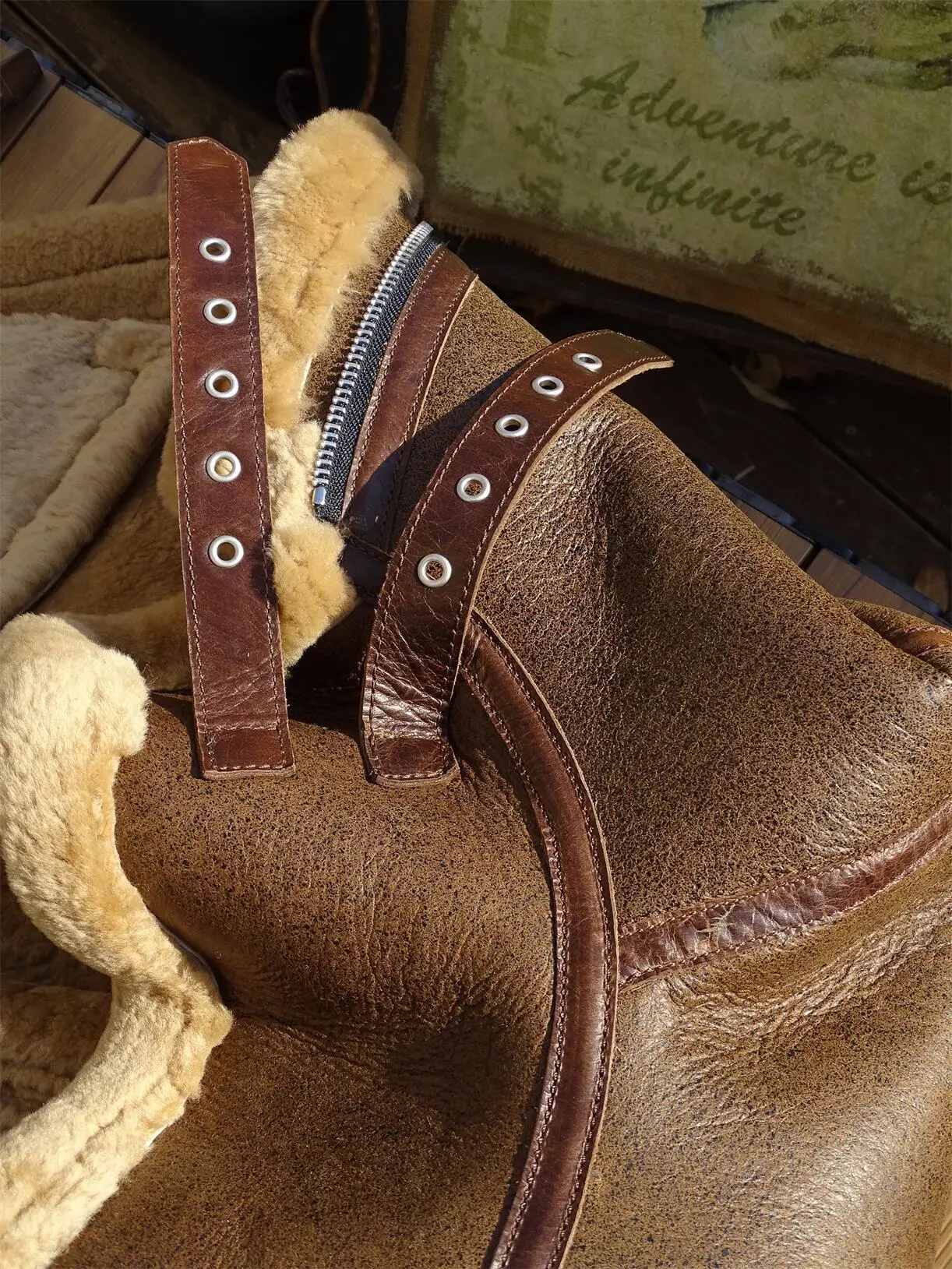
Durability and Longevity: Making Your Investment Last
Both sheepskin and shearling represent significant investments, but their longevity often justifies the initial expense. A properly maintained shearling garment can easily last 10-15 years of regular winter wear, while quality sheepskin pieces commonly survive 7-10 years before showing significant wear.
The durability factors to consider include:
- Leather resilience: Shearling’s lambskin tends to be slightly more supple but potentially less abrasion-resistant than mature sheepskin
- Wool retention: Shearling’s shorter, denser wool typically remains intact longer than longer sheepskin fibers
- Seam strength: Quality construction matters significantly regardless of material
- Stress point reinforcement: High-quality men’s sheepskin coats feature additional reinforcement at collars, cuffs, and pockets
Both materials will eventually show wear patterns in similar areas – collar edges, cuff ends, and pocket openings tend to show the first signs of aging. Sheepskin might develop a weathered patina more readily, while shearling typically maintains its original appearance longer before showing age.
From a cost-effectiveness perspective, shearling’s higher initial price point is often balanced by its extended lifespan and better appearance retention, though proper care significantly influences longevity for both materials.
Weather Resistance: Protection Beyond Just Warmth
When facing winter’s full force, insulation alone isn’t sufficient – your outerwear must also shield against wind, moisture, and varying conditions. Both materials offer natural weather resistance, but with important differences.
Sheepskin contains more natural lanolin, especially in less processed versions. This lanolin provides moderate water repellency, allowing light rain or snow to bead off rather than immediately soak through. Mature sheep hide also tends to be slightly thicker, offering superior wind resistance in most cases.
Shearling trades some natural water resistance for superior comfort and consistent performance. While it contains less lanolin, the density of its shorter wool fibers creates an effective barrier against cold air infiltration. Both materials excel in breathability – a crucial but often overlooked aspect of winter comfort. This natural moisture-wicking prevents the clammy feeling often experienced with synthetic materials during activity.
For versatile performance across different winter conditions, men’s winter coats made from either material provide significant advantages over synthetic options, particularly in fluctuating temperatures or during activities that cause varying body heat production.
Practical Applications: Best Uses for Each Material
The distinct properties of these materials make them suitable for different winter scenarios and garment types.
Shearling excels in:
* Premium outerwear for extreme cold conditions
* Lightweight but warm jackets for daily urban wear
* Luxurious coat linings where softness against neck and wrists matters
* Fashion-forward winter accessories where appearance and comfort balance
* Active winter wear where weight matters but maximum warmth is essential
Traditional sheepskin performs best in:
* Rugged outdoor work wear needing durability and water resistance
* Heavy-duty winter boots and footwear facing wet conditions
* Cold-weather gloves and mittens requiring flexibility and insulation
* Rustic style garments where natural variation enhances appearance
* Budget-conscious quality winter wear with excellent value
Understanding the shearling or sheepskin winter choice comes down to assessing your specific needs – climate conditions, activity level, style preferences, and budget all factor into making the optimal selection.
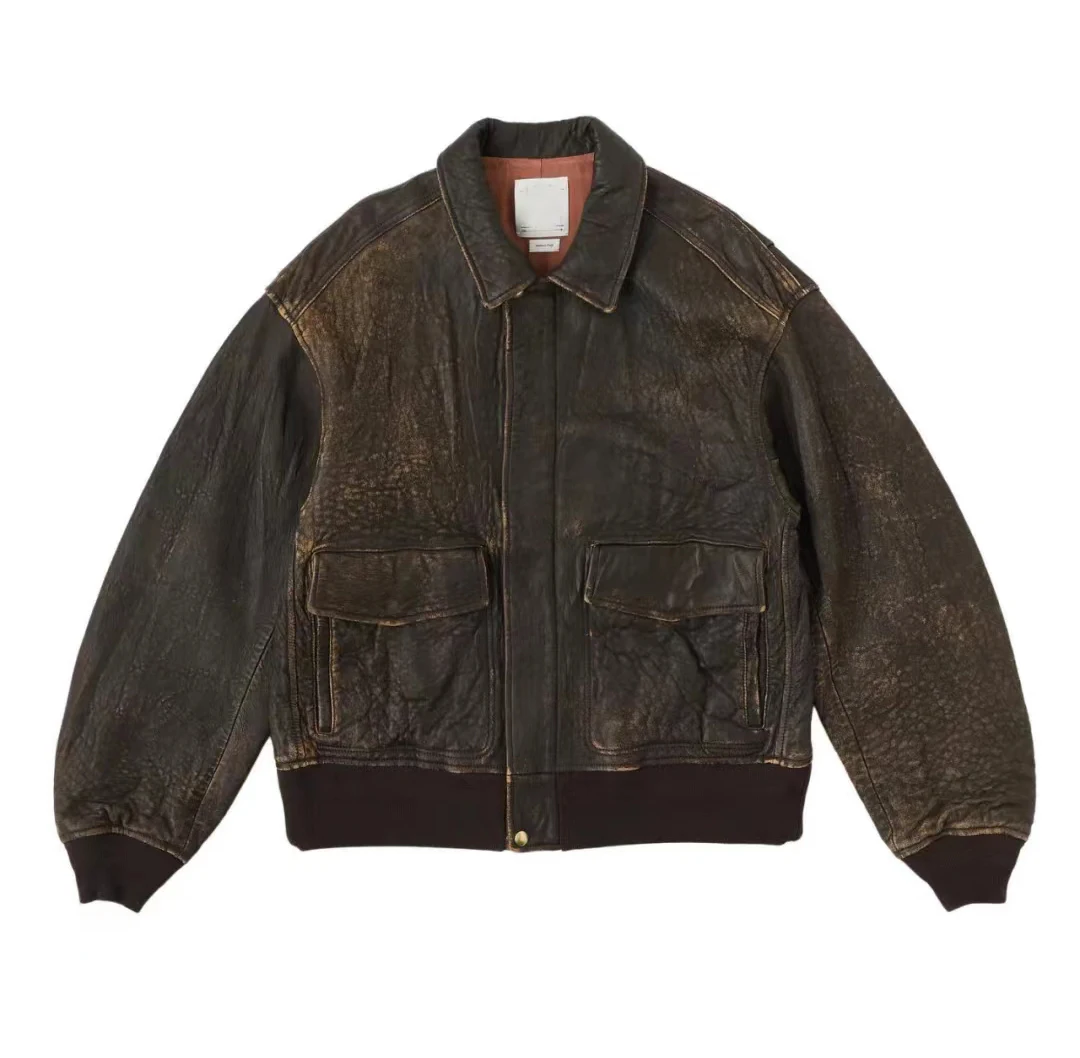
Maintenance and Care: Preserving Your Winter Investment
Proper care dramatically extends the life of both shearling and sheepskin garments, preserving their appearance and functionality for years.
For shearling care:
1. Brush gently with a soft-bristled brush to remove surface dust and restore wool loft
2. Spot clean small stains using a damp cloth with minimal water
3. For deeper cleaning, use specialized shearling cleaner rather than water-based solutions
4. Allow to dry naturally away from direct heat sources
5. Store on padded hangers in breathable garment bags during off-season
For sheepskin care:
1. Brush with a slightly firmer natural-bristle brush to maintain wool texture
2. Treat water spots immediately by blotting (not rubbing)
3. Use specialized sheepskin cleaners for more extensive cleaning needs
4. Dry at room temperature away from radiators, heaters, or direct sunlight
5. Store with cedar blocks to deter moths and maintain freshness
Both materials benefit from occasional professional cleaning every few years. The men’s leather shearling coats in Metro Cloak’s collection include care guidelines specific to their construction and finish, which should be followed for optimal results.
Mens Heavy Winter Coat, Mens Insulated Coat, Mens Parka Coat
Price range: $175.52 through $237.36 Select options This product has multiple variants. The options may be chosen on the product pageMens Big and Tall Winter Coats, Mens Down Coat, Mens Hooded Winter Coat, Mens Puffer Coat
Price range: $126.44 through $217.01 Select options This product has multiple variants. The options may be chosen on the product pageMens Big and Tall Winter Coats, Mens Hooded Winter Coat
Price range: $80.32 through $106.68 Select options This product has multiple variants. The options may be chosen on the product pageMens Cashmere Overcoat, Mens Hooded Winter Coat, Mens Wool Blend Coat
Price range: $128.72 through $139.68 Select options This product has multiple variants. The options may be chosen on the product pageMens Hooded Winter Coat, Mens Insulated Coat, Mens Puffer Coat, Mens Quilted Coat
Price range: $139.88 through $177.72 Select options This product has multiple variants. The options may be chosen on the product pageMens Double Breasted Pea Coat, Mens Hooded Winter Coat, Mens Quilted Coat
Price range: $81.00 through $108.48 Select options This product has multiple variants. The options may be chosen on the product page
Most importantly, avoid common care mistakes like machine washing, traditional dry cleaning methods, or using standard leather conditioners, all of which can damage these specialized natural materials.
Cost Analysis: Price vs. Performance
The price difference between sheepskin and shearling reflects their distinct qualities and processing requirements. Quality sheepskin garments typically range from $300-800, while comparable shearling pieces generally command $600-1,500 or more.
This price differential stems from several factors:
* Sourcing: Lambskin for shearling is less abundant than mature sheepskin
* Processing: Shearling requires more specialized treatment to achieve uniform wool height
* Labor: Premium shearling often involves more intricate construction techniques
* Quality consistency: Achieving even coloration and texture in shearling requires careful selection
When evaluating value, consider cost-per-wear rather than just initial price. A quality shearling coat worn 30-40 times annually for 10+ years represents excellent value despite the higher upfront investment. Many enthusiasts find that knowing how wear shearling jacket jeans and other versatile styling options increases the frequency of wear, further improving the long-term value proposition.
Sustainability and Ethical Considerations
Both sheepskin and shearling are animal-derived products, making ethical sourcing an important consideration for conscientious consumers. The most responsible options in both categories come as by-products from animals raised primarily for food production, ensuring fuller utilization of resources.
Processing methods also impact environmental footprint. Traditional vegetable tanning uses natural materials but requires more water, while modern chrome tanning is more efficient but uses chemical agents. Many premium manufacturers now employ hybrid methods that balance environmental concerns with performance requirements.
From a lifecycle perspective, both materials offer sustainability advantages over synthetic alternatives. Natural sheepskin and shearling are biodegradable at end-of-life, unlike petroleum-based synthetic insulation. Additionally, their exceptional durability means fewer replacement purchases over time, reducing overall consumption.
For those concerned about animal welfare, understanding is shearling more ethical than fur provides context for making personally aligned choices. Look for suppliers who provide transparency about sourcing practices and certification standards.
How to Identify Quality: What to Look For When Shopping
Identifying genuine quality in sheepskin and shearling requires attention to specific indicators:
For quality shearling:
* Even coloration throughout the hide with minimal variation
* Dense, plush wool that springs back when compressed
* Supple leather that feels pliable but substantial
* Clean, tight stitching with reinforced stress points
* Uniform wool height with consistent appearance
* Natural (not artificially glossy) leather finish
For quality sheepskin:
* Natural variation in coloring that indicates minimal processing
* Thick, well-attached wool that doesn’t shed easily
* Pliable but sturdy hide that moves naturally
* Thoughtful seam placement that works with the material
* Properly finished edges without excessive stiffness
Regardless of material, examine the garment thoroughly under good lighting. Quality pieces will have consistent construction throughout, not just in visible areas. Understanding how tell jacket shearling sheepskin differences helps avoid misleading marketing from retailers selling synthetic alternatives or lower-quality options with misleading labels.
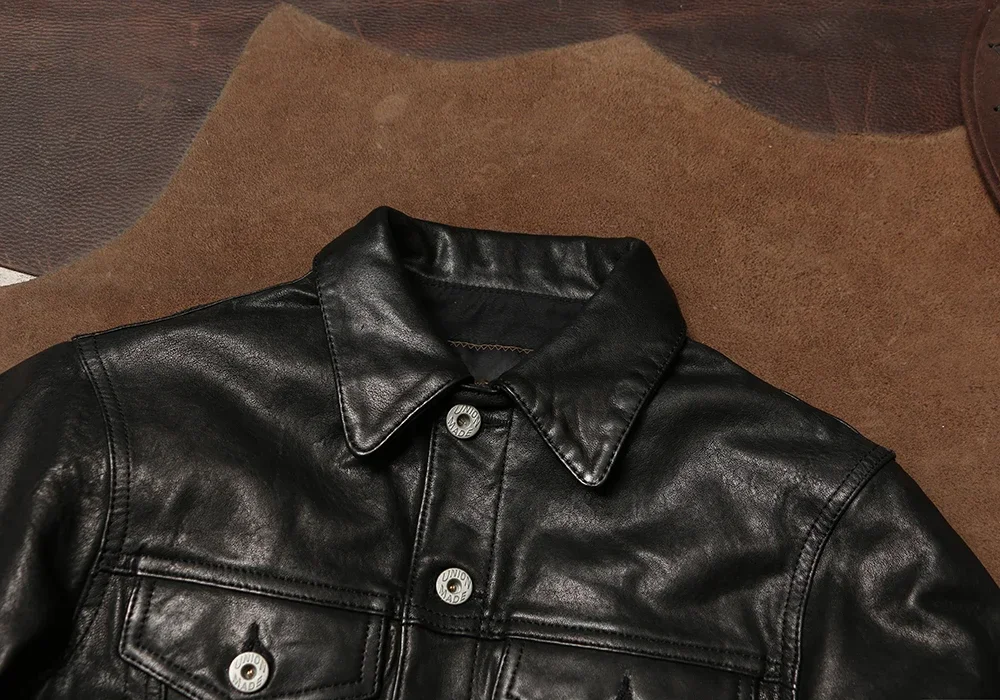
Making the Final Decision: Which Material Is Right for You?
After weighing all factors, your ideal choice between sheepskin and shearling depends on your specific needs and priorities. Consider these key questions:
- What temperatures will you typically face? For extreme cold, shearling’s superior insulation makes it the better choice.
- How important is weight and mobility? Shearling offers warmth with less bulk for active lifestyles.
- Will your garment face significant moisture? Traditional sheepskin’s higher lanolin content provides better natural water resistance.
- What’s your comfort priority? If softness against skin is paramount, shearling’s finer texture will be more satisfying.
- How important is longevity versus initial cost? Shearling’s longer lifespan may justify its higher price for frequent wearers.
The shearling vs sheepskin key differences ultimately reveal that neither material is universally “better” – each excels in specific applications. For those prioritizing luxury appeal and refined appearance, exploring sheepskin vs shearling luxury outerwear options may help finalize the decision.
At Metro Cloak, we offer premium options in both materials, each carefully selected to provide exceptional winter performance while maintaining sophisticated style. Whether you choose the rugged durability of traditional sheepskin or the refined luxury of shearling, investing in natural materials offers winter warmth and comfort that synthetic alternatives simply cannot match.

